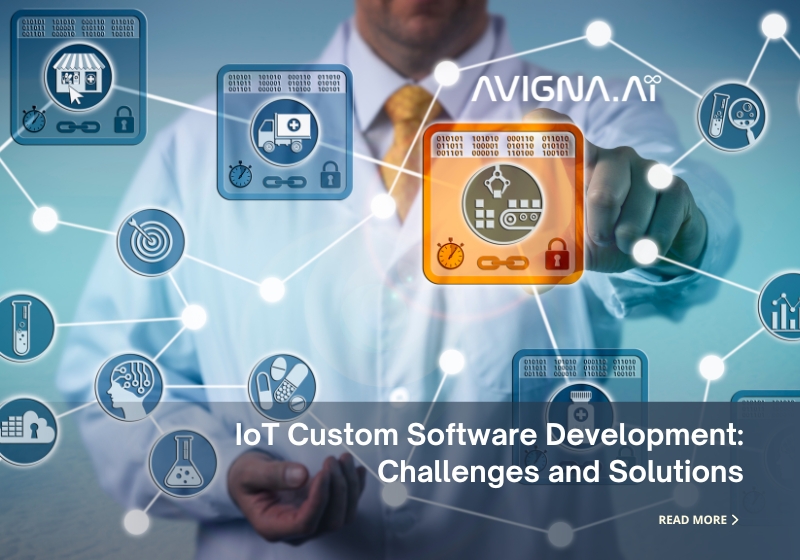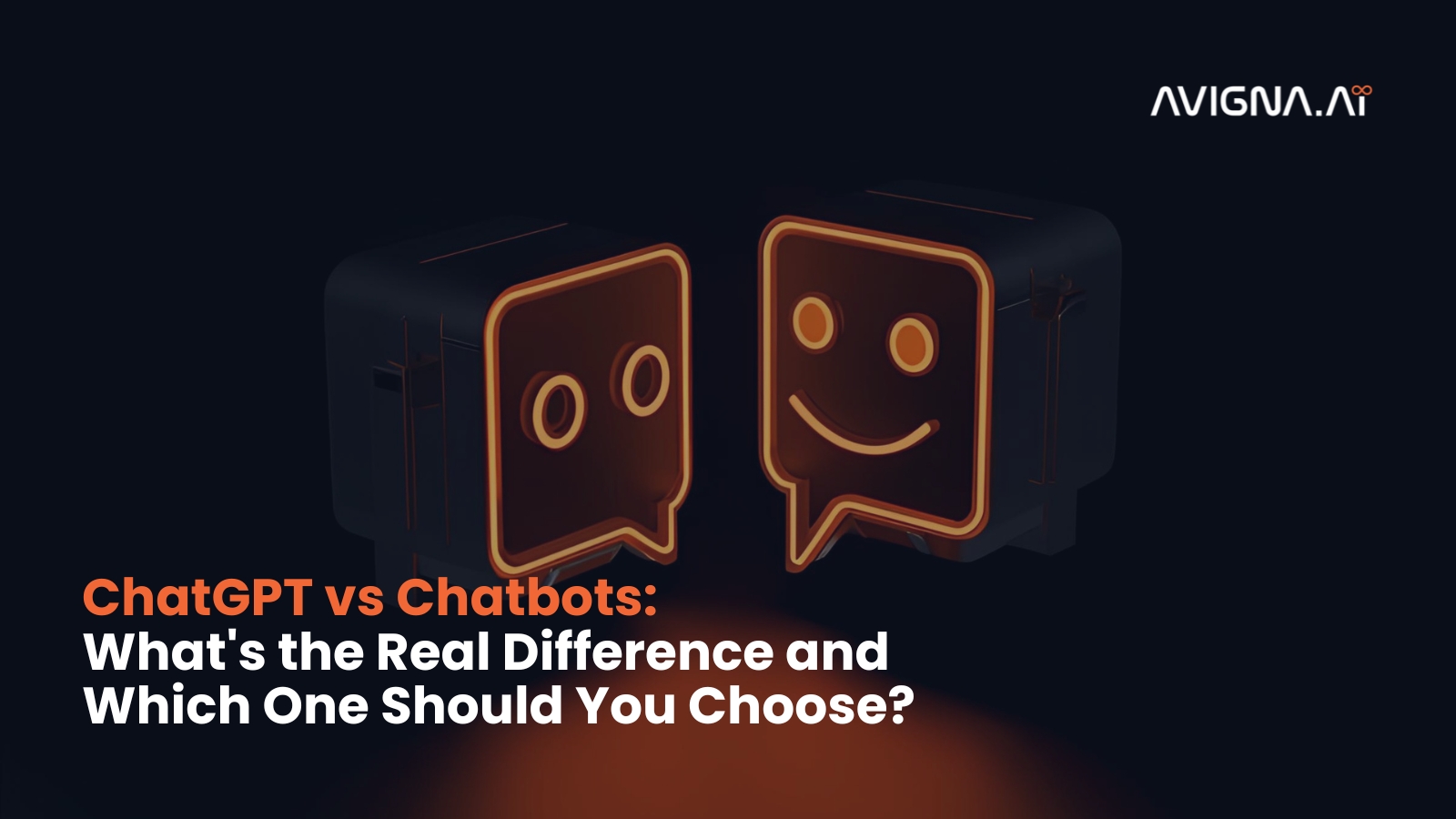From security matters to interoperability issues, the path toward IoT adoption may present many obstacles. This dynamic industry needs customized solutions to overcome its intricacy. However, even in the face of a plethora of innovation promises, IoT custom software development is not devoid of its own set of challenges.
Challenges in IoT Custom Software Development
IoT custom software development opens up a world of possibilities but also comes with its own set of challenges. By adopting decentralized approaches, standardized communication protocols, solid data management techniques, and condensed maintenance processes, we can overcome these challenges efficiently.
Moreover, human-centric design principles, service-oriented architecture, and stakeholder collaboration play a crucial role in developing comprehensive solutions. Quality is crucial to IoT applications that affect our everyday lives through comprehensive metrics and continuous monitoring.
In this article, I will delve into the details of IoT custom software development with a focus on the challenges developers face and the best practices to overcome them.
1. Inherently Distributed Nature
The concept of IoT applications also represents a profound architectural shift in software development. IoT applications bring a different level of complexity in place now, where components reside over the cloud to congested foggy gateways and edge devices.
The array of data that is collected and processed on IoT devices in real-time requires algorithms to be efficient and resource management assistance with ease of synchronization of interactions by users from multiple platforms.
This decentralization questions the traditional development models based on centralization and urges developers to switch over to agile, micro-services-oriented ones. The complexity of managing optimal performance and user satisfaction relies heavily on edge computing, irrespective of POPS, clouds, IXP, etc.
The decision-making can often result in being highly efficient and achieving its component using advanced coordination mechanisms for maintaining consistency.
Solutions:
- Adopt a decentralized development approach.
- Use microservices architecture where each part can stand alone.
- Utilize containerization and orchestration technologies such as Docker and Kubernetes to ensure efficient management of distributed components.
- Adopt edge computing to minimize latency in the analysis and processing of real-time data on IoT devices.
2. Complexity and interoperability
The ecosystem of IoT devices is rather diverse and consists of a lion’s share of complexity that requires innovative approaches. IoT devices run from several different manufacturers and carry unique features and capabilities, operating over numerous networks ranging from fixed to wireless to mobile. This plethora of factors leads to interoperability problems that hinder the smooth integration of IoT applications without issue.
To overcome this, developers should adopt a flexible and adaptive perspective. This involves developing middleware and protocols that can cover the gaps in technology, embracing open standards as much as possible, and also integrating robust abstraction layers to protect applications from the complexities of the underlying hardware. Such activities are crucial to the fact that IoT applications remain portable and adaptable on a wide range of devices and network environments.
Solutions:
- Establish communication protocols that are standardized and implement middleware solutions to close technology gaps in IoT solutions.
- Invest in IoT platforms that provide inherent support for diverse protocols and effortless device coordination.
- Focus on compliance with industry benchmarks to enhance interoperability.
3. Data Management Challenges
Data management challenges brought by the torrent of IoT information are significant and multidimensional. IoT produces immeasurable amounts of data arriving in different formats instantly.
However, there are certain vulnerabilities like faults in sensors, malicious data inputting, transmission delays, and inconsistency of the format parameters for each variable that can incorporate inaccuracies or corruption to be part of the dataset. Solving these challenges requires sophisticated data validation and integrity checks.
Furthermore, machine learning algorithms and real-time analytics can help identify anomalies and patterns in the data that could help developers build resilient systems. It would be capable of identifying and dealing with invalid data while keeping track of the delicate relationship between the collected data and decisions made based on it. This, in turn, determines how IoT applications evolve.
Solutions:
- Establish strong data validation and integrity checks to detect and handle potentially corrupt or faulty data.
- Clean and transform raw data by using most data preprocessing techniques before analysis.
- Identify anomalies that can lead to data quality issues in real time using advanced analytics and machine learning algorithms.
4. Application Maintenance Complexity
Maintaining IoT applications in sprawling, distributed systems is no easy task. These applications are typically rolled out in a huge network of devices ranging from local to wide geographical distances. As a result, common maintenance activities like debugging and updating the software create formidable obstacles. Remote debugging, on the one hand, poses risks to privacy and security as remote versions involve accessing and modifying devices across a network.
Moreover, the bandwidth constraint of most IoT devices complicates interactive debugging. They make it difficult to communicate efficiently and debug effectively. To address these hurdles, developers should allot resources to comprehensive test procedures, implement effective monitoring tools, and adopt over-the-air (OTA) update processes that make maintenance easy while addressing privacy and security concerns.
Solutions:
- IoT applications that share services from objects of the real world may produce inter-dependency issues. For instance, control over lights in a home can be a point of conflict between energy management and healthcare applications.
- Identifying and addressing these dependencies is critical to the proper operation of an IoT system.
5. Human Interaction Complexity
Human-device synergy is a common characteristic of many IoT applications. However, the alignment of human-object interactions remains a big challenge that necessitates complicated modeling of behavioral, psychological, and physiological aspects. Research is required to include human behavior in the design of IoT applications.
Solutions:
- Cooperate with experts in the field of human-computer interaction (HCI) and behavioral sciences to develop easy-to-use IoT interfaces.
- Create adaptive IoT applications that can learn and change the behavior of users over time.
- Use natural language processing and voice recognition technologies for easy interactions.
6. Multiple Stakeholder Concerns
The design and development of IoT applications is a joint endeavor by domain experts, software, application developers, device designers, and network managers. It is not easy to manage these different concerns and coordinate the activities of stakeholders.
Solutions:
- Clear communication channels and feedback loops have to be established among the stakeholders. – Monitor progress throughout the project lifecycle.
- Help embrace interdisciplinary cooperation to address various issues effectively.
7. Quality Evaluation
IoT applications are a part of everyday life and are sometimes used in emergencies; thus, the quality of a system is required to be high. Assessing quality attributes, such as performance, is difficult since it depends on many components and technologies at its core. This complexity has made thorough performance evaluation for IoT applications an ongoing issue.
Solutions:
- Establish broad quality metrics and Key Performance Indicators KPIs suited to IoT applications.
- Continuously monitor system performance and reliability using performance monitoring tools. Thoroughly test, including stress testing, to find and fix performance bottlenecks.
8. Application Maintenance Complexity
Maintaining IoT applications poses a significant challenge due to the intricate interconnectivity of diverse devices, protocols, and data formats within the ecosystem. The constant evolution of both hardware and software components amplifies complexity, requiring ongoing updates to ensure compatibility and security. Additionally, managing the sheer volume of data generated by interconnected devices demands robust strategies for data storage, processing, and analysis, further contributing to the intricate maintenance landscape of IoT applications.
Solutions:
- Apply service-oriented architecture (SOA) best practices to package application functionalities as services.
- Implement a service orchestration layer that handles dependencies between IoT applications.
- Utilize message queues and publish-subscribe patterns for easy communication and coordination between the applications.
By introducing these solutions, IoT custom software development can overcome its challenges and lay the groundwork for the successful implementation of reliable and effective IoT applications. These strategies promote flexibility, standardization, and collaboration to ensure that growth and innovation within the IoT ecosystem are maintained.
Build the future with Avigna Cube
Cube is an award-winning IoT Platform from Avigna. The winner of the most acclaimed “IoT Breakthrough Awards App Development Platform of the Year” in 2021, our pioneering product stands as proof of our passion for innovation and inventive strides and received extensive admiration and recognition.
Email us at queries@avigna.ai to receive an exclusive free trial of Avigna Cube. Follow us on LinkedIn. Contact us.





